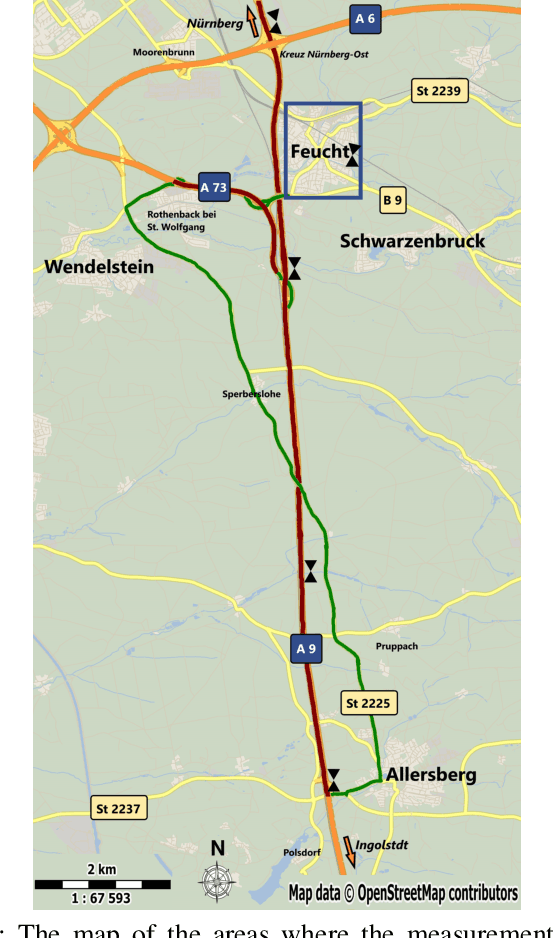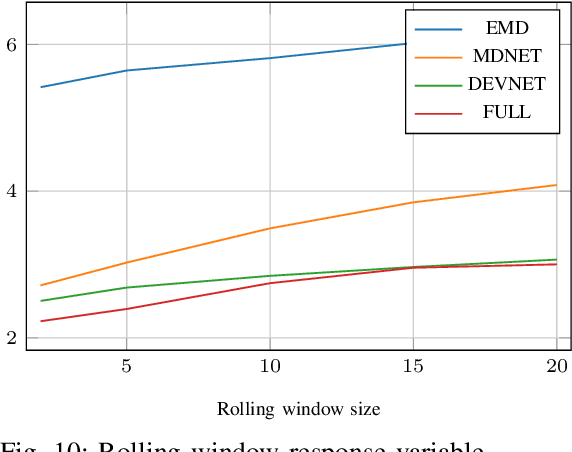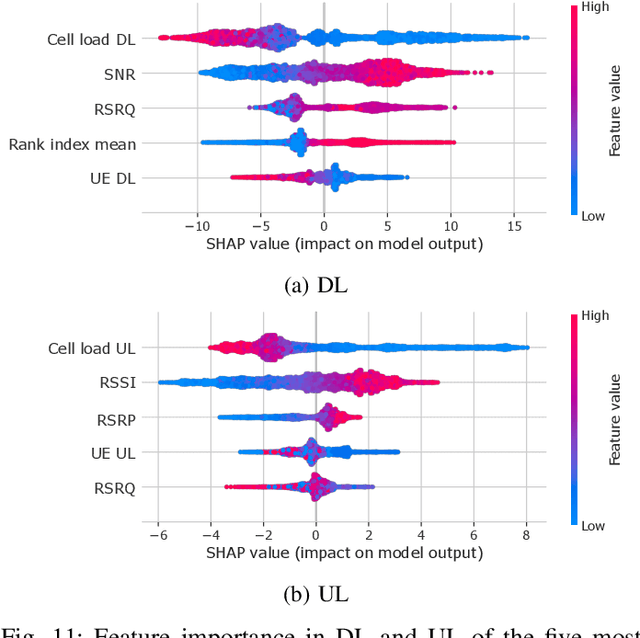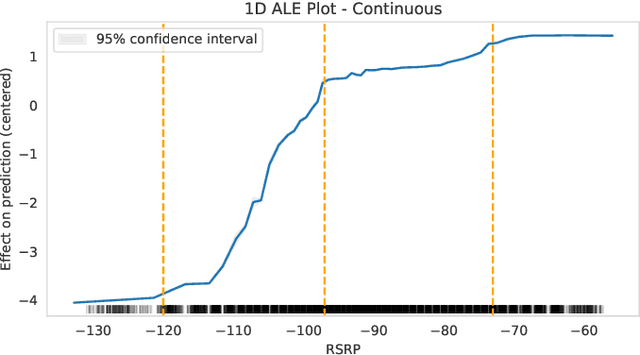Sanket Partani
The Story of QoS Prediction in Vehicular Communication: From Radio Environment Statistics to Network-Access Throughput Prediction
Feb 23, 2023



Abstract:As cellular networks evolve towards the 6th Generation (6G), Machine Learning (ML) is seen as a key enabling technology to improve the capabilities of the network. ML provides a methodology for predictive systems, which, in turn, can make networks become proactive. This proactive behavior of the network can be leveraged to sustain, for example, a specific Quality of Service (QoS) requirement. With predictive Quality of Service (pQoS), a wide variety of new use cases, both safety- and entertainment-related, are emerging, especially in the automotive sector. Therefore, in this work, we consider maximum throughput prediction enhancing, for example, streaming or HD mapping applications. We discuss the entire ML workflow highlighting less regarded aspects such as the detailed sampling procedures, the in-depth analysis of the dataset characteristics, the effects of splits in the provided results, and the data availability. Reliable ML models need to face a lot of challenges during their lifecycle. We highlight how confidence can be built on ML technologies by better understanding the underlying characteristics of the collected data. We discuss feature engineering and the effects of different splits for the training processes, showcasing that random splits might overestimate performance by more than twofold. Moreover, we investigate diverse sets of input features, where network information proved to be most effective, cutting the error by half. Part of our contribution is the validation of multiple ML models within diverse scenarios. We also use Explainable AI (XAI) to show that ML can learn underlying principles of wireless networks without being explicitly programmed. Our data is collected from a deployed network that was under full control of the measurement team and covered different vehicular scenarios and radio environments.
Berlin V2X: A Machine Learning Dataset from Multiple Vehicles and Radio Access Technologies
Dec 21, 2022Abstract:The evolution of wireless communications into 6G and beyond is expected to rely on new machine learning (ML)-based capabilities. These can enable proactive decisions and actions from wireless-network components to sustain quality-of-service (QoS) and user experience. Moreover, new use cases in the area of vehicular and industrial communications will emerge. Specifically in the area of vehicle communication, vehicle-to-everything (V2X) schemes will benefit strongly from such advances. With this in mind, we have conducted a detailed measurement campaign with the purpose of enabling a plethora of diverse ML-based studies. The resulting datasets offer GPS-located wireless measurements across diverse urban environments for both cellular (with two different operators) and sidelink radio access technologies, thus enabling a variety of different studies towards V2X. The datasets are labeled and sampled with a high time resolution. Furthermore, we make the data publicly available with all the necessary information to support the on-boarding of new researchers. We provide an initial analysis of the data showing some of the challenges that ML needs to overcome and the features that ML can leverage, as well as some hints at potential research studies.
Mobility prediction Based on Machine Learning Algorithms
Nov 12, 2021



Abstract:Nowadays mobile communication is growing fast in the 5G communication industry. With the increasing capacity requirements and requirements for quality of experience, mobility prediction has been widely applied to mobile communication and has becoming one of the key enablers that utilizes historical traffic information to predict future locations of traffic users, Since accurate mobility prediction can help enable efficient radio resource management, assist route planning, guide vehicle dispatching, or mitigate traffic congestion. However, mobility prediction is a challenging problem due to the complicated traffic network. In the past few years, plenty of researches have been done in this area, including Non-Machine-Learning (Non-ML)- based and Machine-Learning (ML)-based mobility prediction. In this paper, firstly we introduce the state of the art technologies for mobility prediction. Then, we selected Support Vector Machine (SVM) algorithm, the ML algorithm for practical traffic date training. Lastly, we analyse the simulation results for mobility prediction and introduce a future work plan where mobility prediction will be applied for improving mobile communication.
 Add to Chrome
Add to Chrome Add to Firefox
Add to Firefox Add to Edge
Add to Edge